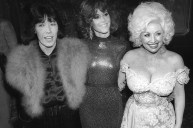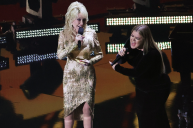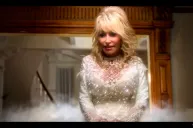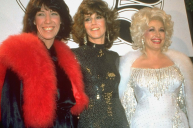New documentary film Still Working 9 to 5 revisits the motion picture debut of Dolly Parton as more than a showcase of her on-screen talents and proof of her undeniable chemistry with co-stars Jane Fonda and Lily Tomlin.
Instead of serving as a retrospective solely about a box office smash or coming across like a DVD extras-style collage of behind-the-scenes footage, the documentary does a fantastic job at framing the relevance, then and now, of 9 to 5's socio-political message.
The classic film's main cast reunites to share their candid recollections, with additional input from the crew (producer Bruce Gilbert) plus stars of the 9 to 5 TV series (Emmy nominee Rita Moreno) and Broadway musical (Allison Janney).
Still Working 9 to 5 made its world premiere in March at SXSW and is currently making the film festival rounds as its team finalizes streaming and distribution plans.
Gary Lane and Camille Hardman directed and produced the film. Steve Summers, country songwriter Shane McAnally and Gary's twin brother, Larry Lane, were executive producers.
The documentary ends with a stunning, modernized duet version of the Oscar-nominated song "9 to 5," produced by McAnally and sung by Parton and Kelly Clarkson.
Here's five things we learned about 9 to 5, its spinoffs and its lasting significance.
Lily Tomlin Initially Turned Down Her Role
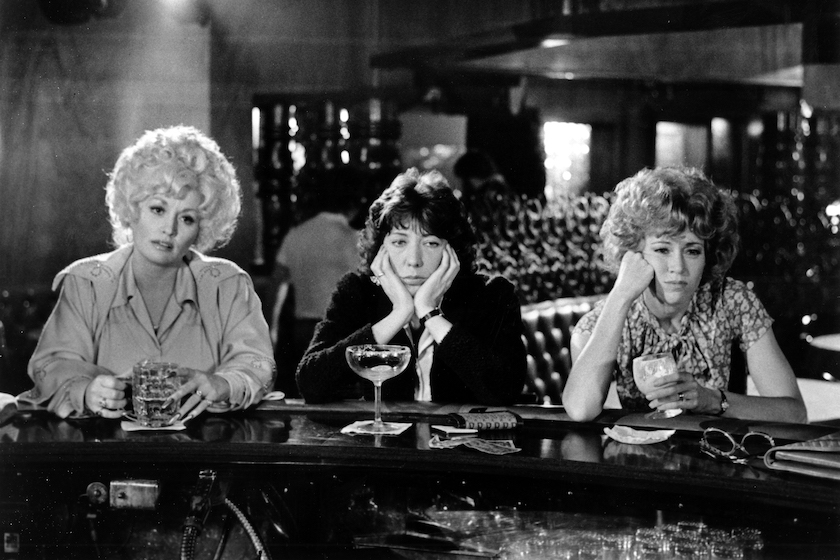
Michael Ochs Archives/Getty Images
Tomlin hated some of the sillier lines in the script —namely the part where Fonda's character refers to S&M as M&Ms— enough to say no to her opportunity to play Violet Newstead.
As the filmmakers moved forward with a plan to potentially cast Saturday Night Live's Gilda Radner, Tomlin was convinced by her partner to reconsider and trust Fonda's creative plan.
The film almost lost Tomlin a second time when during her first day, she grew frustrated while pantomiming through the Disney-inspired live action sequences.
Fortunately, Tomlin stuck around and became as integral to the film's success as her two co-stars.
Dolly Parton Had Her Own Reservations
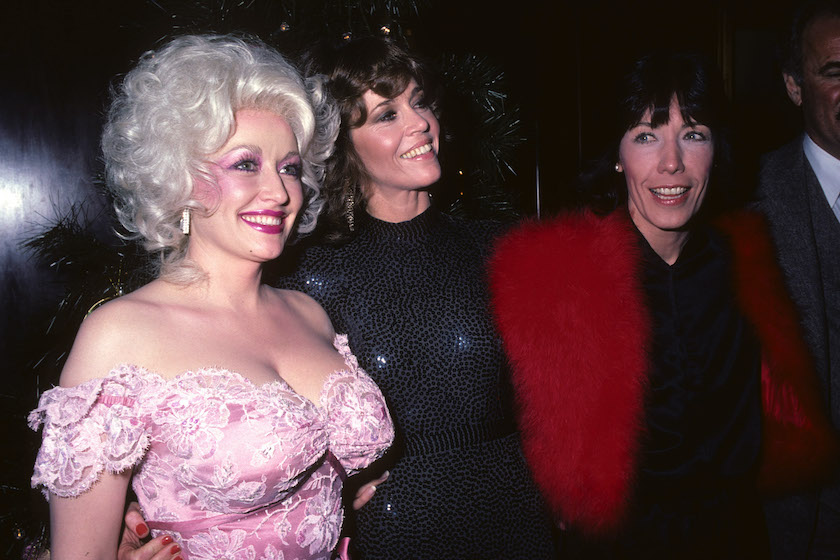
Tom Wargacki/WireImage
Fonda settled on Parton for the Doralee Rhodes character after hearing "Two Doors Down" on the radio. However, the country star wasn't so sure about hitching her wagon to a polarizing figure.
"When I first started working with Jane, I thought, 'I hope she's not going to be so radical and so opinionated and so political that I'm going to be uncomfortable'," Parton said. "And I even said that to her when we started. I said, 'I'm not a political person.'
"I didn't have to march up and down the streets, as I still don't," Parton continued. "I try to live my convictions. I'd been writing songs about women and their strengths since my first album."
Ultimately, Parton, Fonda and Tomlin became fast friends.
"The three of us were so completely different, but we were so connected," Parton added. "We really respected and admired each other for our own beliefs and our own principles and values. It really showed on screen because we really liked each other. Like our own characters, we were at the time really smart gals, proud that we were accomplishing all of these things and being strong women."
The Script's Original Draft Focused on Five Women Instead of Three

Richard Blanshard/Getty Images
An early plan for five lead characters instead of three would likely have brought more diversity to the cast. Gilbert identifies actor, singer and activist Diahann Carroll as someone considered for one of the two additional roles.
The five-lead version of the script was penned by Patricia Resnick. Her grimmer vision for what remained a dark comedy got retooled with help from Colin Higgins, the film's director and the writer of Harold and Maude.
Rhiane Drummond became the first Black woman to portray one of the three main characters on a major stage in 2019 for the West End (London) production of 9 to 5.
20th Century Fox Balked at Dabney Coleman's Casting
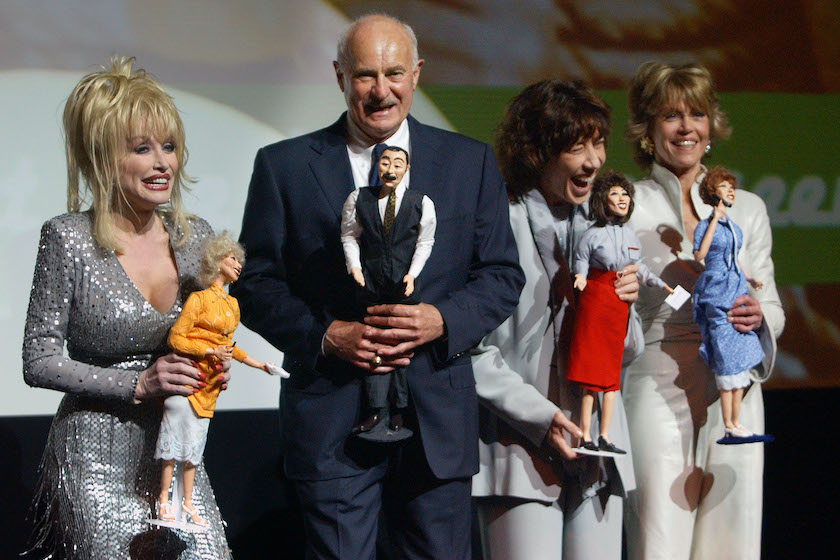
R. Diamond/WireImage
Gilbert reveals that there was pushback to Coleman's casting as scumbag boss Mr. Hart, with established film stars Steve Martin and Richard Dreyfuss suggested as better options than someone the studio dismissed as a "TV actor."
"We had kind of an uphill battle because it was a revelation to a lot of people that women could carry a movie," Tomlin said.
Without a bigger name as its male lead, 9 to 5 became the highest-grossing comedy of 1980.
The Film Got Its Name From a Still-Active Organization
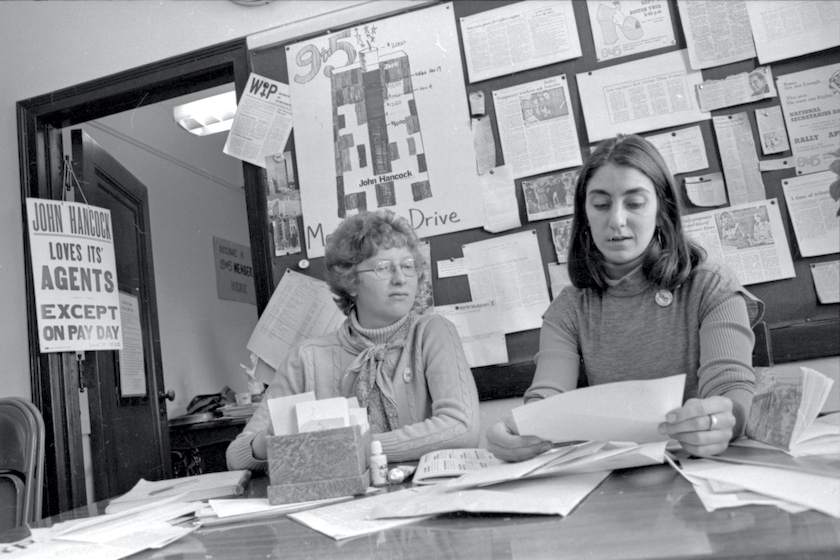
Ellen Cassedy and Karen Nussbaum, co-founders of the 9 to 5 organization for women office workers, work in their office at the Clarendon Street YMCA in Boston on Dec. 5, 1974. (Photo by Paul Connell/The Boston Globe via Getty Images)
Two of the documentary's interviewees, Ellen Cassedy and Karen Nussbaum, co-founded the 9to5 National Association of Working Women in 1973. The organization began in Boston and fought against sexual harassment and discrimination. It currently has chapters in Colorado, Georgia and Wisconsin.
Both women help frame why the film 9 to 5 was so relevant in its time, with Cassedy observing that in the 1970s, one in three working women were clerical workers.
From start to finish, the new film masterfully ties 9 to 5's popularity in 1980 and its sustained relevance to the labor and women's movements, from the fight back then to ratify the Equal Rights Amendment to the reckoning in Hollywood and elsewhere spurred by Time's Up and MeToo.

